6 Vegetables Perfect for Spring Growing!
To grow your own fruits and vegetables (especially when we’re talking about spring growing) you have to possess a certain degree of both optimism and realism. On some level, you have to be a very optimistic person to trust that those tiny little seeds are going to be able to push their way back up through the soil, not only growing, but also producing something that you’re able to eat!
Of course, those little seeds can’t do it on their own – that’s where the realism of gardening comes in; you have to recognize the time and effort you need to invest in your garden to make it bountiful. No matter how optimistic you are, though, another part of garden realism is recognizing when you can plant certain things – for instance, tomatoes just don’t like the cold.
Thankfully, though, you have other options if you’re looking to grow your own produce as soon as spring hits. Here are six vegetables that are perfect for spring growing.
1. Brussel Sprouts
While many kids (and adults) aren’t fans of these little green veggies, they are starting to gain some well-deserved popularity for how delicious they can be when roasted or pan-fried. Not only can they be very tasty, but they are also a healthy choice. A half a cup of cooked Brussel sprouts offers about 2 grams each of protein and fiber, but only 28 calories.
When you’re planting Brussel sprouts, make sure you pick an area that has full sun. If you’re growing them from seeds, they should be 3 to 4 inches apart; if it’s seedlings, plant them 18 to 24 inches apart. Brussel sprouts need steady, consistent moisture – make sure they don’t dry out. Harvest your Brussel sprouts when they’re about 1 to 2 inches in diameter. Brussel sprouts are perfect for spring growing!
2. Cabbage
Cabbage rolls, cabbage soup, shredded and added to dumplings – there are a lot of great dishes that incorporate this versatile vegetable. That’s good news, because it’s got a lot to offer your body for your overall health. Did you know that studies show cabbage as being beneficial for your heart and digestive system, as well as helping reduce inflammation and possibly lowering your blood pressure and cholesterol? Cabbage is packed with Vitamins C and K, and it’s full of fiber.
When you’re making a spring growing plan for cabbage, you need to keep in mind that it will quickly deplete the soil of the nutrients it requires to grow, so make sure you feed your soil (with BigYellowBag Black Garden Soil) and rotate your cabbage if you’re growing it over several seasons. This also helps prevent your cabbage from getting soil-borne illnesses.
Plant your cabbage seedlings 12 to 24 inches apart in rows – if you plant them closer together, their heads will be smaller, so just keep that in mind. Cabbage should be watered 2 inches per square foot once a week.
Harvesting your cabbage is pretty simple – cut the head at the base with a sharp knife, and remove any yellow leaves. Your cabbage needs to be immediately brought indoors or put in the shade.
3. Kale is Perfect for Spring Growing!
Forget superfood; kale should probably be called a super-duper food. You want Vitamins A, K and C? Kale’s stuffed full with them. Magnesium, potassium, calcium – those are all in there, too. One cup of raw kale has 33 calories, 2 grams of fiber and 3 grams of protein.
You can toss it in soups, stews and salads; air fry it to make chips, blend it in a smoothie – there are so many ways kale can fill out a dish. If you’re growing kale in a cool season, plant it where it will get full sun (alternately, if you’re planting when the weather is warmer, then go for a spot that has partial shade. Kale likes to have consistent moisture, so make sure it doesn’t dry out.
Harvest your kale when the leaves are about the size of your hand. Pick them one by one, working your way up from the bottom and in from the outermost leaves. Make sure to leave a few of the small, central leaves attached to encourage growth to continue; you should be able to harvest from the same plant every five to seven days.
4. Leeks
Leeks don’t always get a lot of love, which is a real shame, because they have a lot to offer. They have a great onion-y flavour that is a bit sweet and not too overpowering. You can add leeks to a lot of dishes to give an extra little boost of taste – as well as nutrients.
They’re high in Vitamin C – higher than oranges in the same quantity, actually – as well as Vitamin K1, which is good for your heart and blood clotting. Leeks also contain a lot of antioxidants.
When you’re planting your leek seedlings, make sure to give them space – make sure to have your rows a foot apart, and plant the leeks six inches from each other within the rows. You can use the handle end of a garden tool to make the holes for your leeks; it should as high as the stems of the leek seeding. Put the seedling in the hole, fill the hole with water and let it drain out on its own. Don’t fill the holes back in with soil. Instead, let the soil gradually fall back in by itself over time – this allows for better growth. After you harvest your leeks, make sure you wash them well before eating them – they can hide a lot of dirt in their layers.
5. Radishes are great for Spring Growing!
Many people who like radishes enjoy them raw. That’s because they bring a lot of crunch along with a peppery flavour. Sliced up, they can be added to salads and sandwiches; they can also be eaten whole with your favourite dip, dressing or hummus.
Radishes are packed with antioxidants, as well as minerals such as calcium and potassium. Since they don’t have a lot of calories or carbs, and no fat, they help to fill you up without filling you out. They are also a good source of Vitamin C.
Radishes are incredibly easy to grow. They need sun and rich soil that is moist but drains well – that’s about it. Plant the seeds about half an inch to 1 inch deep, 1 inch apart in rows 12 inches apart. After about a week, thin them out to about 2 inches apart. Harvest your radishes when they’re about 1 inch in diameter at the soil surface. Don’t leave your radishes to linger in the garden – they will lose their quality quickly.
6. Turnips
Did you know that turnips are among the most popular vegetable crops worldwide? That’s because they’re eaten by both humans and animals. If you’ve never tried cooking turnips before, an easy way to start is to cook them as you would carrots or potatoes, and experiment from there. Both the turnip itself and its leaves offer some great nutritional benefit for people. A cup of raw turnip has 2 grams of fiber and a gram of protein, while also offering a lot of Vitamin C. Meanwhile, the turnip leaves have a lot of Vitamin K to offer, as well as Vitamin C, Provitamin A, Folate and calcium (among other nutrients).
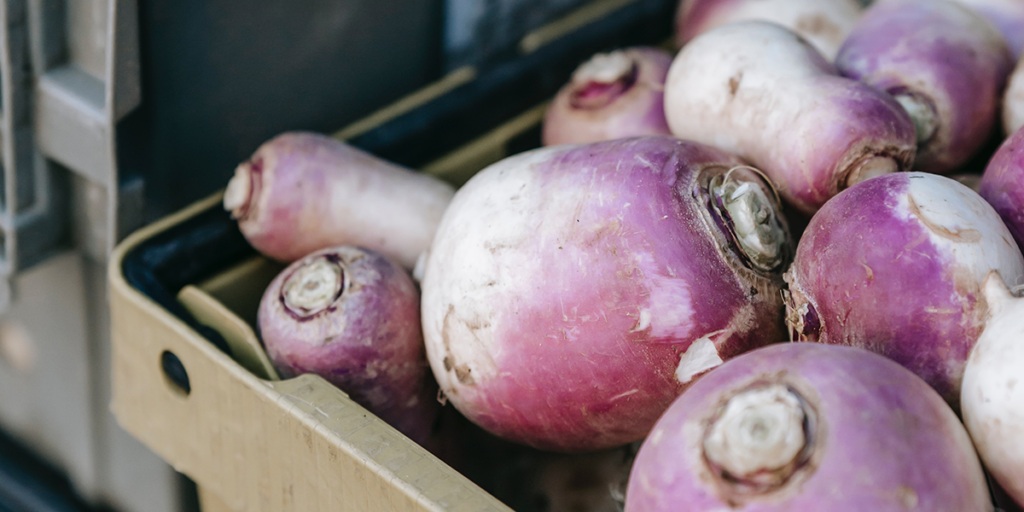
Growing Turnips
It’s important to plant turnip seeds straight in the garden, as they don’t transplant very well. They need to be put in a full sun space. Plant your turnip seeds 1/4 to 1/2 an inch deep, one inch apart, in rows that are 12 to 18 inches apart. Only cover them with about 1/2 an inch of soil, and make sure to water them well and often. When they get a bit bigger, thin them out so that they are 4 to 6 inches apart. This is important, because if turnips are grown too closely together, they’ll end up with small, badly formed roots – if they grow at all. Be sure to weed carefully so you don’t disturb the roots, but otherwise, you can pretty much leave them alone; just make sure they get watered consistently. When it comes to harvesting, remember that small, young turnips are more tender.
Of course, these are just a few of the cold-tolerant vegetables you can grow in your garden; there are many others to consider.
Whatever you decide to grow, make sure you give them the best possible conditions to thrive – and that starts with making sure your soil is optimal.
BigYellowBag Black Garden Soil is Ideal for Spring Growing!
We recommend you use our BigYellowBag Black Garden Soil. It’s made up of a mix of black loam, peat loam, well-composted manure and mineral soil. It has light and fluffy properties. Loam is a soil type comprised of sand, silt and clay in the right ratios so that there is a perfect balance of drainage and moisture retention. BigYellowBag Black Garden Soil is packed with essential nutrients and organic matter. Both are vital for new growth, whatever it is you happen to be growing.

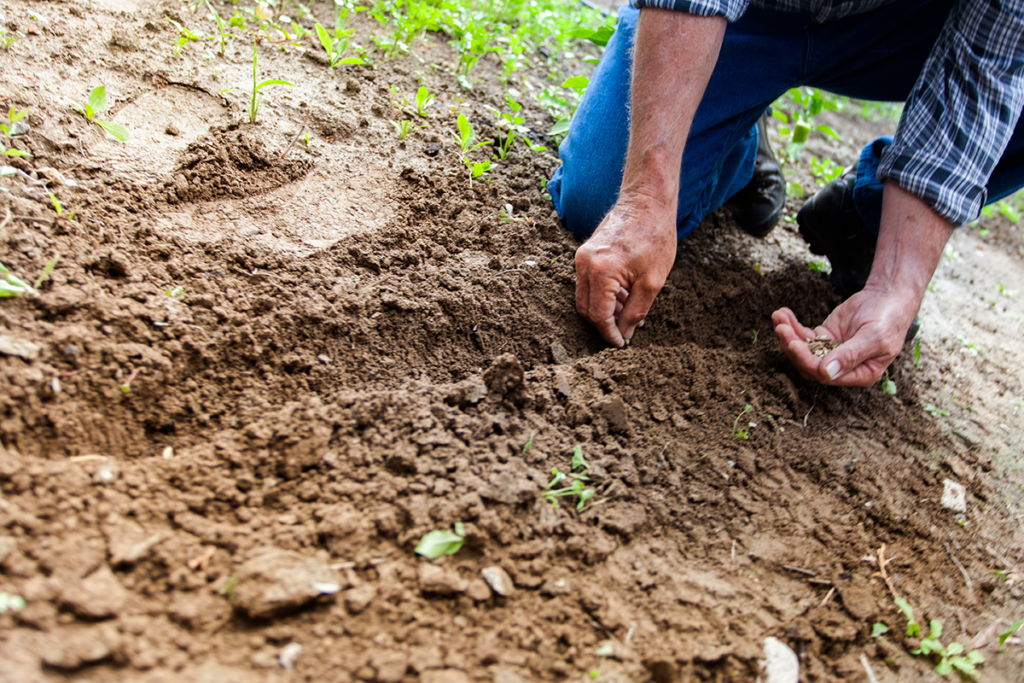
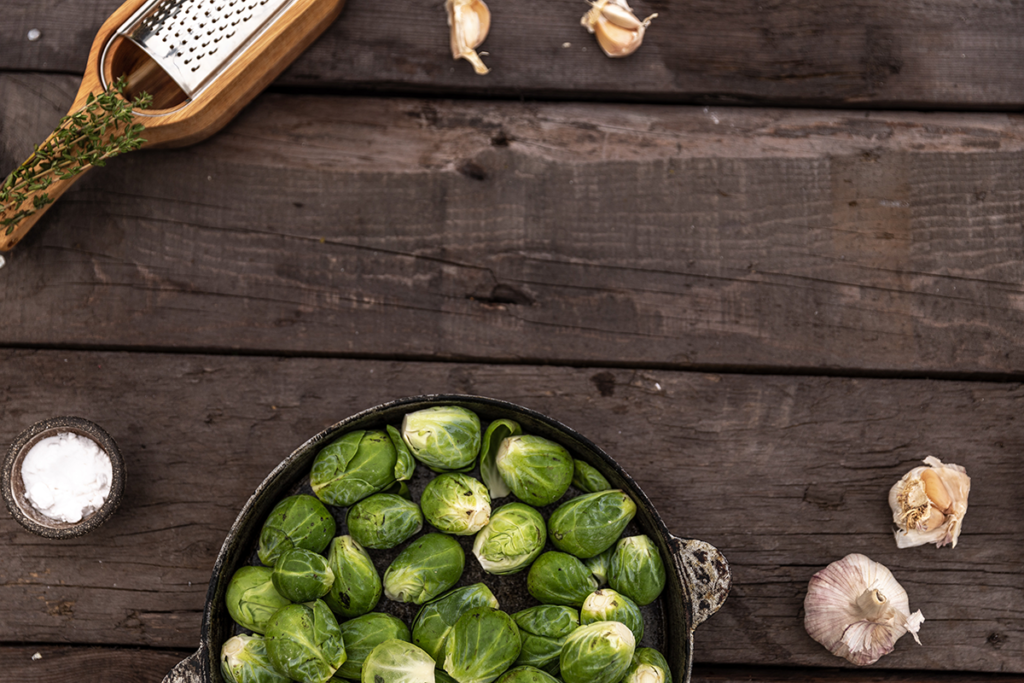
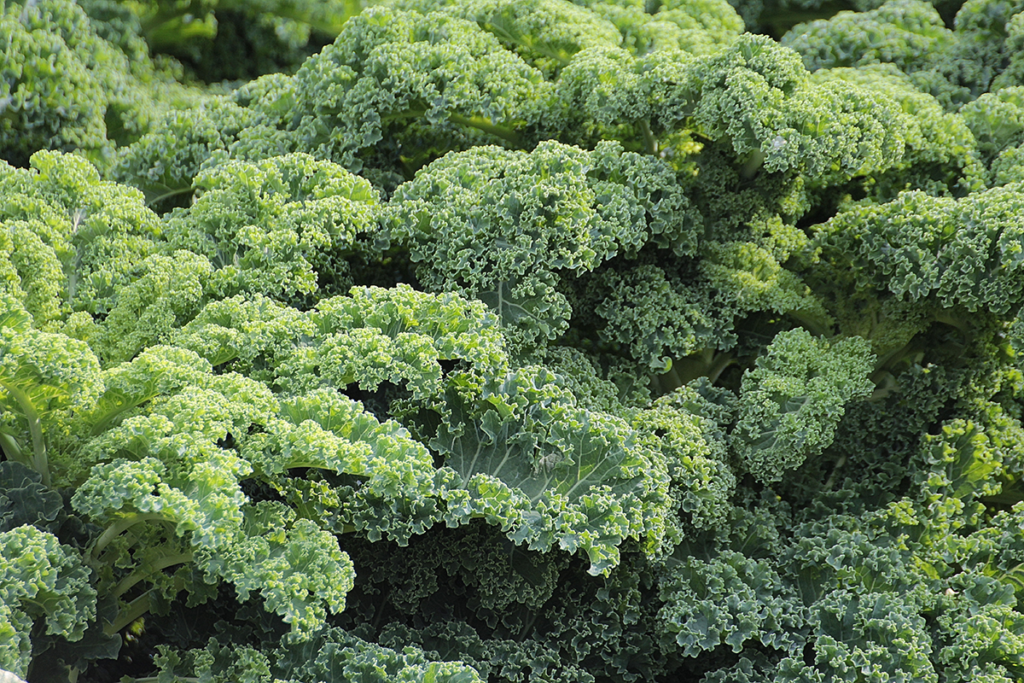

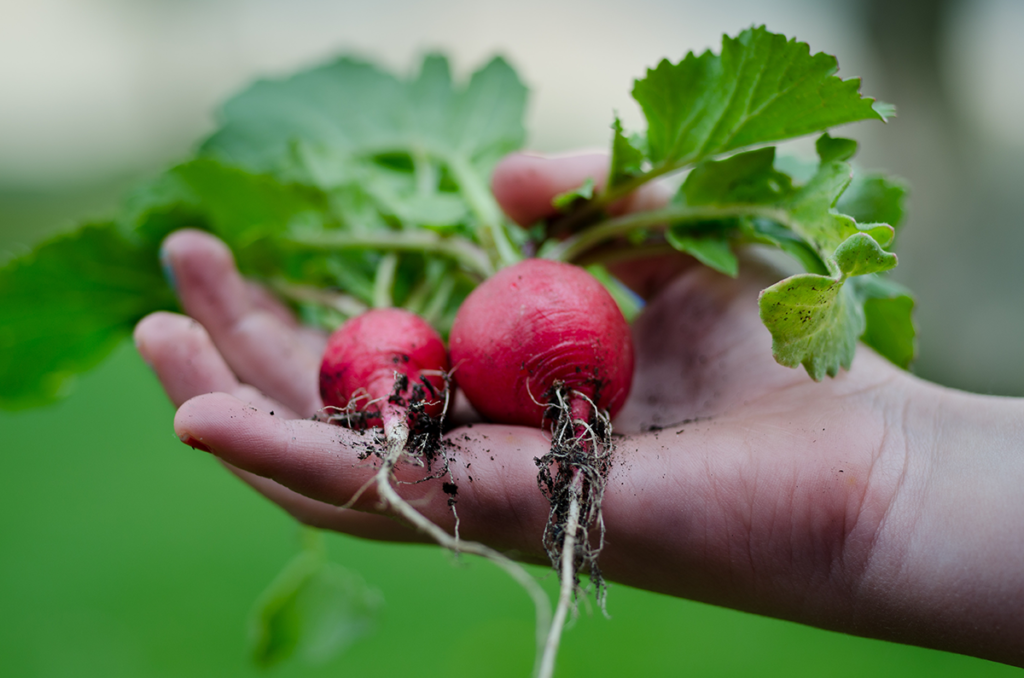
I have the Black Garden Soil and add it, dig it into existing garden and flowerbeds for additional nutrients to the soil. Would you please let me know when is a good time to do this? I was going to do it the last week end of April or the first one in May. Is this a good time? Thanks for your time…Gene. (By the way, I am in Calgary).
Hey Gene! Thanks so much for your comment! That timing should be perfect for your garden beds! Some customers even choose to top up their garden beds before winter so that they’re ready and waiting by the time spring comes properly. 🙂 Let me know if you have any further questions and happy gardening!
Hi, my wife and I are looking to grow organic vegetables this year … would you consider the big yellow bag soil organic? Thank you so much.
Hey Robert, thanks for your comment! Only a couple of our suppliers have “certified” organic soil, however our soil contains a TON of organic matter. We don’t use harmful additives, and it truly is just black loam, peat loam, well composted manure, and a touch of mineral soil for stability. Hope this helps and happy gardening!
the reason i am interested in buying garden soil is that my pH is too high (alkaline) and i have too much phosphorus!
do you offer the option of dirt + mulch without any additives?
Hey Nancy!
Thanks so much for your comment! Our Black Garden Soil and various mulch products do not have any additives that will greatly affect soil pH levels. All our Black Garden Soil must adhere to strict standards, and we aim for as close to neutral pH as we can achieve. We blend black loam, peat loam, well composted manure, and a touch of mineral soil to create our flagship soil product. We also have a 100% customer satisfaction guarantee at the time of delivery. So if you were ever to order a BigYellowBag, open it up and run any tests (pH, nutrients, etc.) you’d like, and if anything is not right, we’ll come by and replace the bag, or provide a refund. We’re in the business of making people happy Nancy 🙂 As for our mulch, we use a pet-safe dye similar to food colouring for our coloured mulches, and some suppliers also provide a natural undyed mulch. If you have any specific product questions, be sure to reach out to your local BigYellowBag supplier. You can find all our locations and their contact information at this page: https://bigyellowbag.com/all_locations
All the best and happy gardening!